Home>Gardening & Outdoor>Landscaping Ideas>How To Overseed Grass In Spring
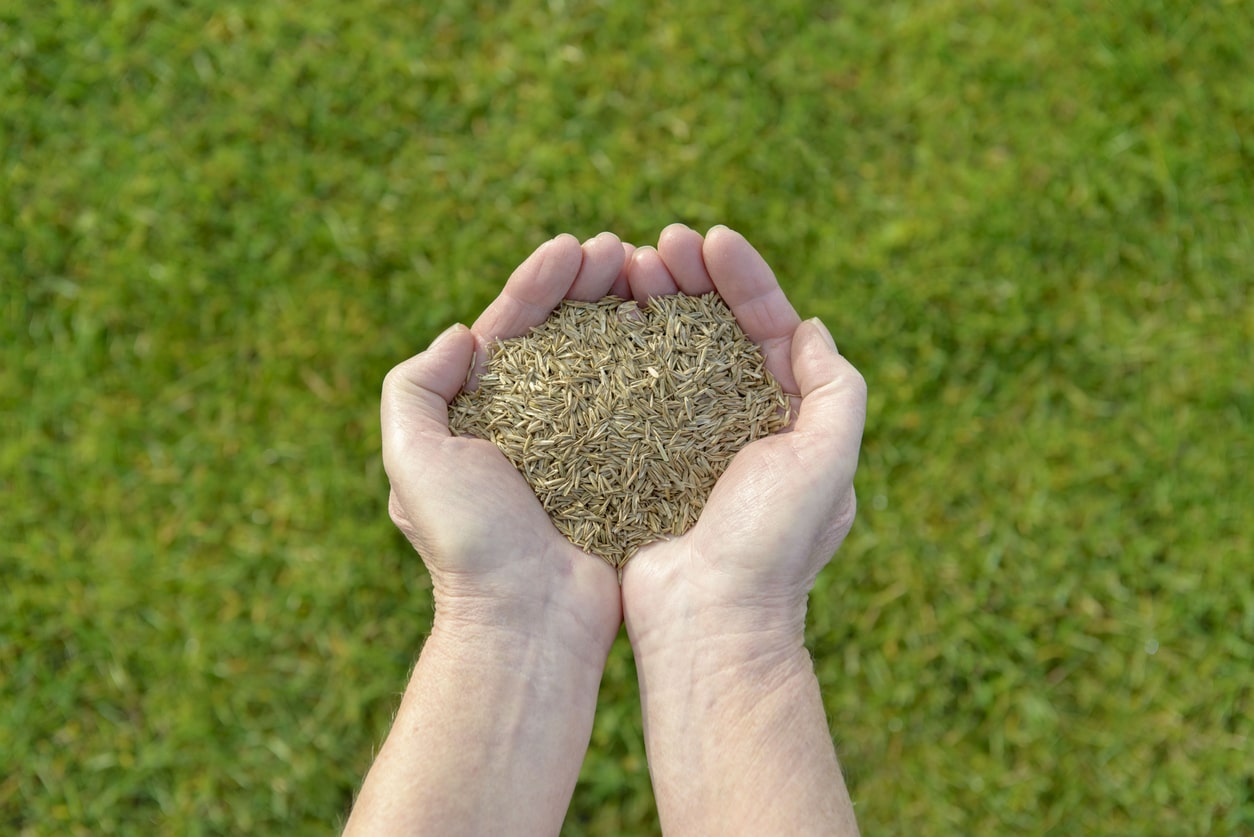

Landscaping Ideas
How To Overseed Grass In Spring
Modified: March 24, 2024
Learn how to overseed grass in spring with our expert landscaping ideas. Get a lush, green lawn with our step-by-step guide and tips.
(Many of the links in this article redirect to a specific reviewed product. Your purchase of these products through affiliate links helps to generate commission for Storables.com, at no extra cost. Learn more)
Introduction
Welcome to the rejuvenating world of lawn care! As spring breathes new life into the natural landscape, it's the perfect time to give your lawn a fresh start. Overseeding, a simple yet powerful technique, can work wonders in revitalizing your lawn, ensuring lush greenery that's the envy of the neighborhood.
Whether your lawn is showing signs of wear and tear, sparse patches, or you simply want to enhance its overall health and appearance, overseeding is a highly effective solution. In this comprehensive guide, we'll explore the art of overseeding, from understanding the process to selecting the right grass seed, preparing the lawn, and providing post-overseeding care. By the end, you'll be equipped with the knowledge and confidence to transform your lawn into a verdant paradise.
So, roll up your sleeves, grab your gardening tools, and let's embark on a journey to achieve a vibrant, resilient, and picture-perfect lawn through the transformative technique of overseeding.
Key Takeaways:
- Overseeding is like giving your lawn a fresh start in spring, making it thicker, greener, and more resilient to wear and tear. It’s a simple yet powerful way to transform your outdoor space.
- Choosing the right grass seed and providing post-overseeding care are crucial for a successful lawn makeover. With patience and proper maintenance, you can enjoy a lush, vibrant, and visually captivating lawn.
Read more: How To Overseed Your Grass
Understanding Overseeding
Overseeding is a fundamental practice in lawn care that involves sowing grass seed directly into existing turf. This process serves multiple purposes, such as thickening the lawn, filling in bare or thin patches, and introducing new grass varieties to enhance overall resilience and appearance.
As lawns age, they can become susceptible to various stressors, including foot traffic, pet activity, and environmental factors. These stressors can lead to thinning grass, bare spots, and decreased vigor. Overseeding provides a proactive solution to combat these issues, promoting a dense and healthy lawn that can better withstand wear and tear.
Moreover, overseeding allows homeowners to introduce newer, improved grass cultivars that may be more resistant to pests, diseases, or environmental conditions. This can contribute to the long-term vitality and sustainability of the lawn, ensuring that it remains an inviting and visually appealing outdoor space.
By understanding the significance of overseeding, homeowners can proactively address common lawn challenges and nurture a resilient turf that thrives in the face of everyday pressures. With this foundation in place, the next step is to select the right grass seed that aligns with the specific needs and conditions of the lawn.
Selecting the Right Grass Seed
Choosing the appropriate grass seed is a crucial step in the overseeding process, as it directly influences the resilience, appearance, and adaptability of the lawn. Several factors should be considered when selecting the right grass seed, including the local climate, soil type, sun exposure, and intended use of the lawn.
One of the primary considerations is the climate zone in which the lawn is situated. Different grass species thrive in specific climates, so it’s essential to choose a seed variety that is well-suited to the local temperature and precipitation patterns. For instance, cool-season grasses like Kentucky bluegrass and fescue are ideal for regions with cold winters and moderate summers, while warm-season grasses such as Bermuda grass and Zoysia grass flourish in areas with hot summers and mild winters.
Soil type also plays a significant role in the success of the chosen grass seed. Whether the soil is sandy, loamy, or clay-based, certain grass species are better adapted to thrive in particular soil conditions. Understanding the soil composition enables homeowners to select grass varieties that can establish strong root systems and flourish in their specific soil environment.
Sun exposure is another critical factor to consider. Lawns that receive ample sunlight throughout the day require grass species that are sun-loving and heat-tolerant, while shaded areas benefit from shade-tolerant grass varieties that can thrive in lower light conditions.
Additionally, the intended use of the lawn should guide the selection process. For example, homeowners with active families or pets may prioritize grass varieties known for their durability and quick regrowth after being subjected to heavy use.
By carefully evaluating these factors and consulting with local gardening experts or extension services, homeowners can make informed decisions when choosing the right grass seed for their overseeding project. With the ideal grass seed in hand, the next step is to prepare the lawn for the overseeding process.
Preparing the Lawn
Before initiating the overseeding process, it’s imperative to prepare the lawn adequately to create an optimal environment for the new grass seed to germinate and thrive. Proper preparation involves a series of essential steps that set the stage for successful overseeding and long-term lawn health.
The first step in preparing the lawn is to mow the existing grass to a short height, typically around 1 to 1.5 inches. This facilitates better seed-to-soil contact and allows sunlight to reach the soil surface, promoting germination and early growth of the new grass seedlings.
Next, it’s essential to address any thatch buildup that may impede the overseeding process. Thatch, a layer of dead grass and organic debris that accumulates on the soil surface, can prevent the grass seed from reaching the soil and hinder proper root establishment. Using a dethatching rake or a specialized dethatching machine can help remove excessive thatch, creating a favorable environment for overseeding.
Aeration is another critical step in lawn preparation. Core aeration, which involves removing small plugs of soil from the lawn, helps alleviate soil compaction and enhances air, water, and nutrient penetration into the root zone. This promotes robust root growth and improves the overall vigor of the lawn, creating an ideal foundation for successful overseeding.
After dethatching and aerating, it’s beneficial to amend the soil with a thin layer of high-quality compost. This topdressing enriches the soil with essential nutrients, improves its structure, and enhances moisture retention, providing an optimal bed for the new grass seed to germinate and establish strong roots.
By meticulously preparing the lawn through proper mowing, dethatching, aeration, and topdressing, homeowners can create an environment that maximizes the success of the overseeding process. With the groundwork laid, it’s time to proceed with the exciting task of overseeding the lawn.
Tip: Before overseeding your lawn in spring, make sure to mow the existing grass short and remove any thatch. Then, spread the grass seed evenly and water regularly to help the new seeds establish.
Overseeding the Lawn
With the lawn meticulously prepared, it’s time to embark on the transformative process of overseeding. This step involves strategically sowing grass seed across the existing turf to promote thick, lush growth and address any bare or thin areas. By following best practices and employing proper techniques, homeowners can ensure the successful establishment of new grass seedlings and the rejuvenation of their lawn.
The overseeding process begins with selecting a high-quality grass seed blend that aligns with the specific needs and conditions of the lawn. Whether aiming to enhance overall resilience, improve color and texture, or introduce specific grass species, choosing the right seed blend is crucial to achieving the desired results.
When distributing the grass seed, it’s essential to use the appropriate seeding rate to achieve optimal coverage without overcrowding the lawn. A broadcast spreader or a handheld spreader can facilitate even distribution, ensuring that the seed is dispersed uniformly across the entire lawn surface.
After spreading the grass seed, gently rake the soil surface to incorporate the seed into the top layer of soil. This promotes seed-to-soil contact, which is essential for successful germination and robust root establishment. Additionally, applying a thin layer of straw mulch can help retain moisture, protect the seedlings, and provide a conducive environment for germination.
Watering is a critical aspect of the overseeding process. It’s essential to keep the soil consistently moist but not waterlogged to support the germination and early growth of the new grass seedlings. Depending on the weather conditions, light and frequent watering may be necessary to ensure optimal moisture levels for successful establishment.
As the newly overseeded lawn begins to germinate and the grass seedlings emerge, it’s crucial to exercise patience and provide ongoing care to support their growth. Regular monitoring, proper watering, and avoiding heavy foot traffic on the newly seeded areas are essential practices to nurture the young seedlings and facilitate their integration into the existing turf.
By following these steps and best practices, homeowners can execute the overseeding process with precision, setting the stage for a vibrant, resilient, and rejuvenated lawn that thrives in the seasons to come.
Read more: When To Overseed Grass
Post-Overseeding Care
After completing the overseeding process, diligent post-care measures are essential to ensure the successful establishment and long-term health of the newly seeded lawn. By providing proper care and maintenance, homeowners can nurture the young grass seedlings, facilitate their integration with the existing turf, and set the stage for a lush and resilient lawn.
Consistent watering is crucial in the post-overseeding phase. Maintaining adequate soil moisture is essential to support the germination and early growth of the new grass seedlings. It’s important to water the overseeded areas lightly and frequently, ensuring that the soil remains consistently moist but not waterlogged. This encourages robust root development and the establishment of healthy, vibrant grass.
During the initial growth phase, it’s advisable to minimize foot traffic on the newly overseeded areas. Restricting activity on the lawn helps prevent soil compaction and damage to the delicate seedlings, allowing them to establish strong root systems and integrate seamlessly with the existing turf.
Depending on the grass species and environmental conditions, a light application of a balanced, slow-release fertilizer may be beneficial approximately six weeks after overseeding. This provides essential nutrients to support the ongoing growth and development of the young grass seedlings, promoting lush, vigorous turf.
Mowing the overseeded lawn requires careful attention to prevent damage to the emerging seedlings. Once the new grass reaches a height of approximately 3 to 4 inches, it can be mowed for the first time. Adjust the mower to a higher setting to avoid cutting the grass too short, and use a sharp blade to ensure clean, precise cuts that promote healthy regrowth.
Regular monitoring of the overseeded areas is essential to assess the progress of the new grass seedlings and address any issues promptly. Keep an eye out for signs of inadequate moisture, pest activity, or disease, and take proactive measures to maintain the overall health and vitality of the lawn.
By providing attentive post-overseeding care, homeowners can nurture the newly seeded lawn to its full potential, fostering a lush, resilient turf that enhances the beauty and enjoyment of outdoor spaces for years to come.
Conclusion
Congratulations on embarking on the journey to transform your lawn through the art of overseeding. By understanding the significance of overseeding, selecting the right grass seed, meticulously preparing the lawn, executing the overseeding process, and providing diligent post-care, you have taken proactive steps to rejuvenate your outdoor oasis and create a vibrant, resilient, and visually captivating lawn.
Overseeding is not merely a routine task; it’s a transformative process that breathes new life into tired, worn-out lawns, addressing common issues such as thinning grass, bare patches, and overall lackluster appearance. Through the strategic introduction of new grass seed, overseeding promotes denser, healthier turf that can better withstand everyday stresses and environmental challenges.
Furthermore, overseeding offers an opportunity to enhance the overall resilience and sustainability of the lawn by introducing newer, improved grass cultivars that are better adapted to local climate conditions, soil types, and sun exposure. This proactive approach sets the stage for a long-term, thriving lawn that serves as a welcoming backdrop for outdoor activities and leisure.
As you witness the emergence of vibrant new grass seedlings and the gradual transformation of your lawn, remember that patience, attentive care, and ongoing maintenance are essential to realizing the full potential of the overseeding process. By nurturing the young seedlings, providing adequate moisture, and exercising caution during the initial growth phase, you can ensure the successful establishment of the newly overseeded lawn.
Ultimately, overseeding is a testament to the transformative power of proactive lawn care, allowing homeowners to revitalize their outdoor spaces and create a lush, inviting environment for relaxation, recreation, and natural beauty. With each passing season, the benefits of overseeding will become increasingly evident as the lawn flourishes and thrives, becoming a source of pride and enjoyment for you and your family.
So, as you witness the fruits of your labor unfold in the form of a revitalized, resilient lawn, take a moment to savor the transformation and the joy it brings to your outdoor living experience. Embrace the beauty of your rejuvenated lawn and the sense of accomplishment that comes with nurturing and enhancing your natural surroundings through the artful practice of overseeding.
Frequently Asked Questions about How To Overseed Grass In Spring
Was this page helpful?
At Storables.com, we guarantee accurate and reliable information. Our content, validated by Expert Board Contributors, is crafted following stringent Editorial Policies. We're committed to providing you with well-researched, expert-backed insights for all your informational needs.
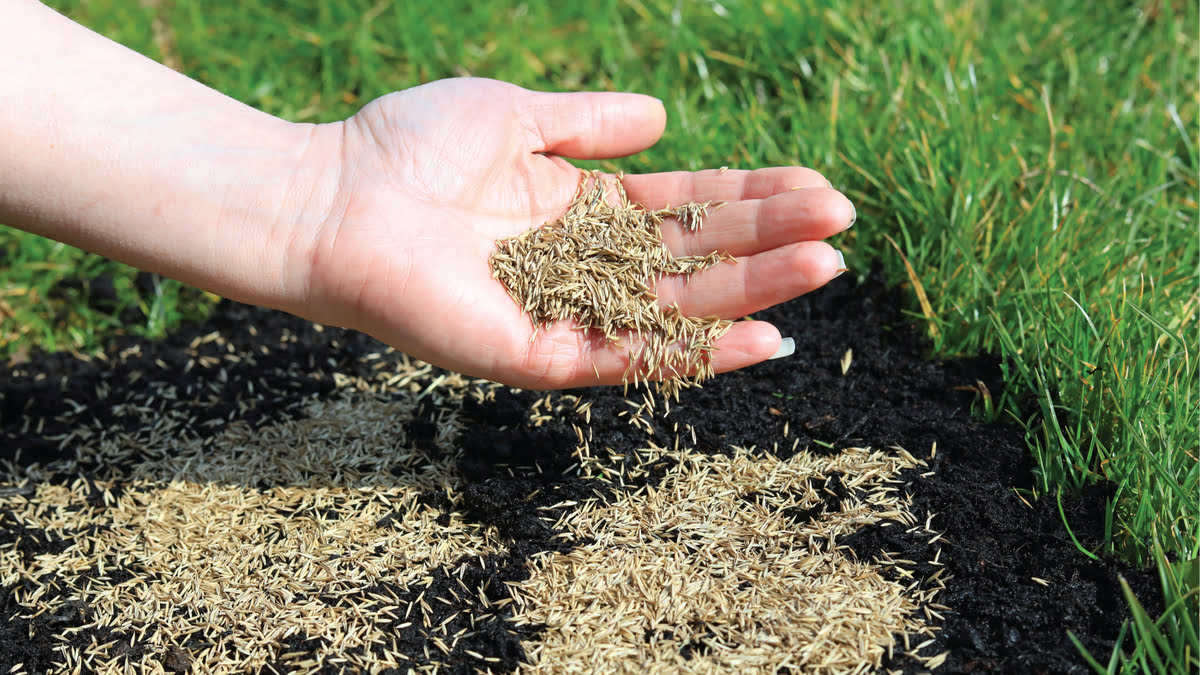
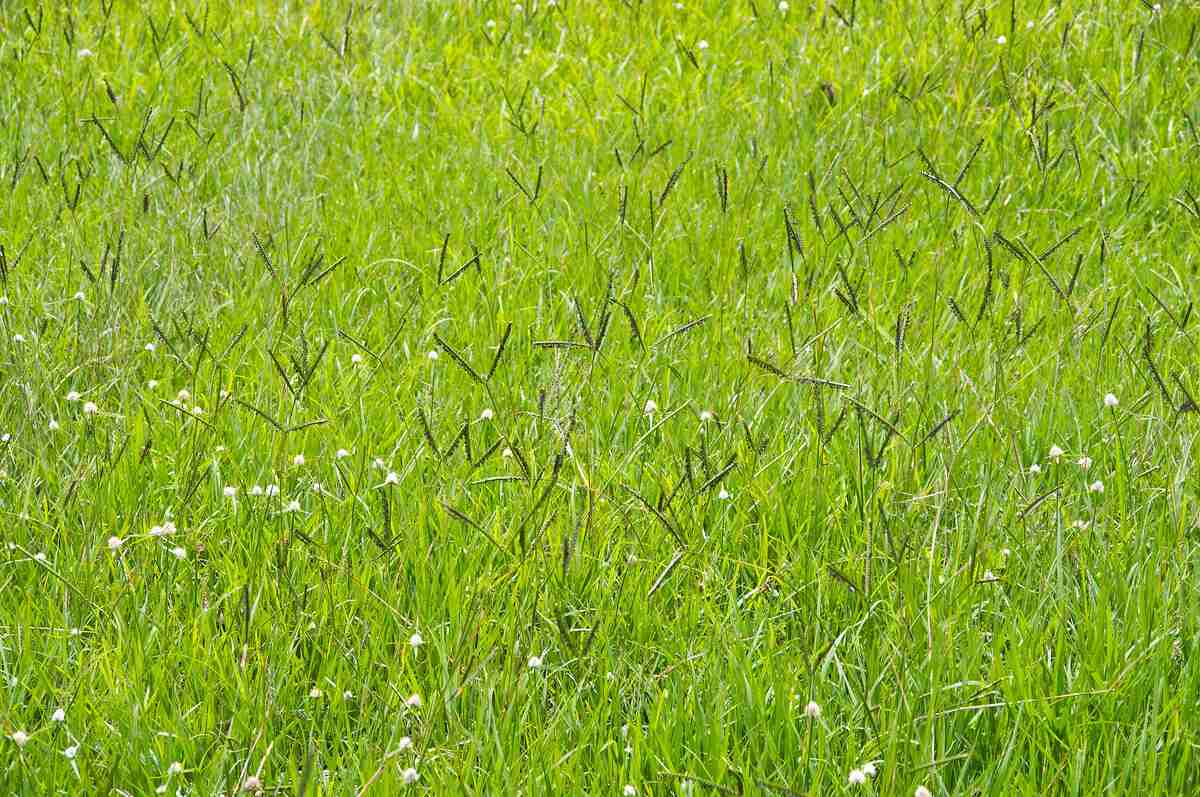
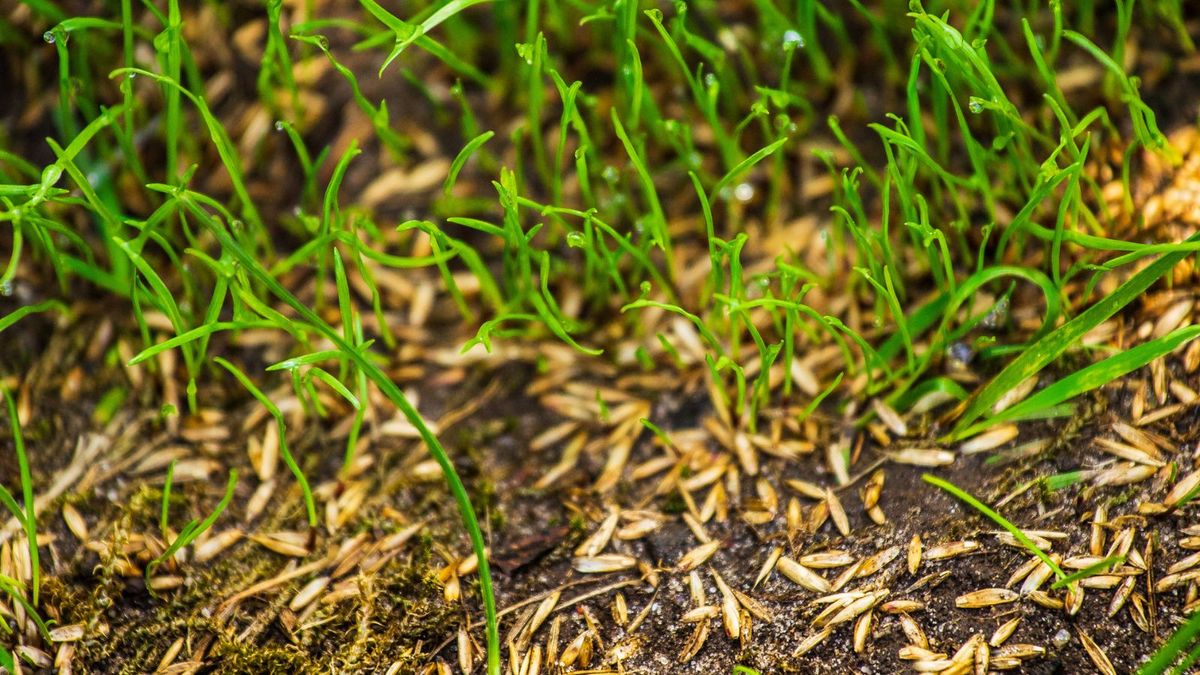
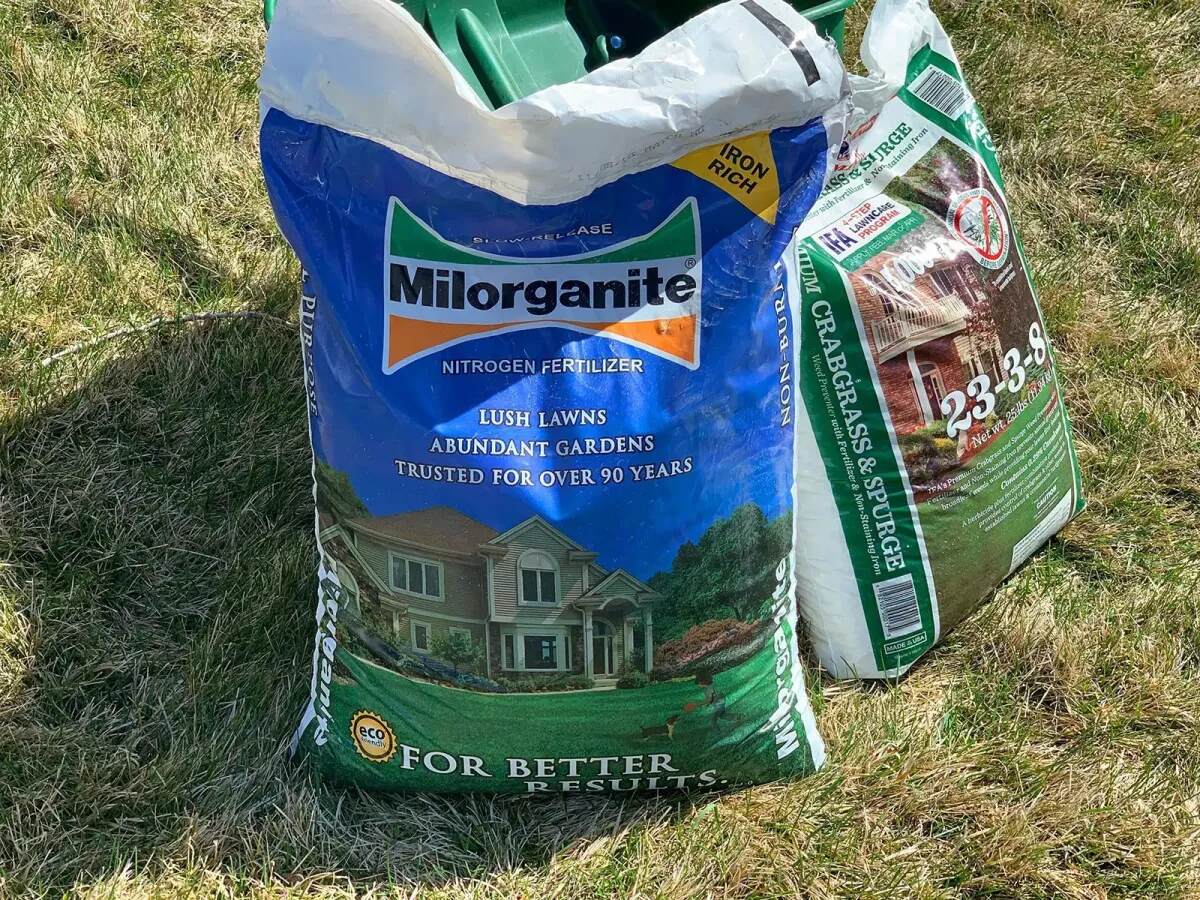
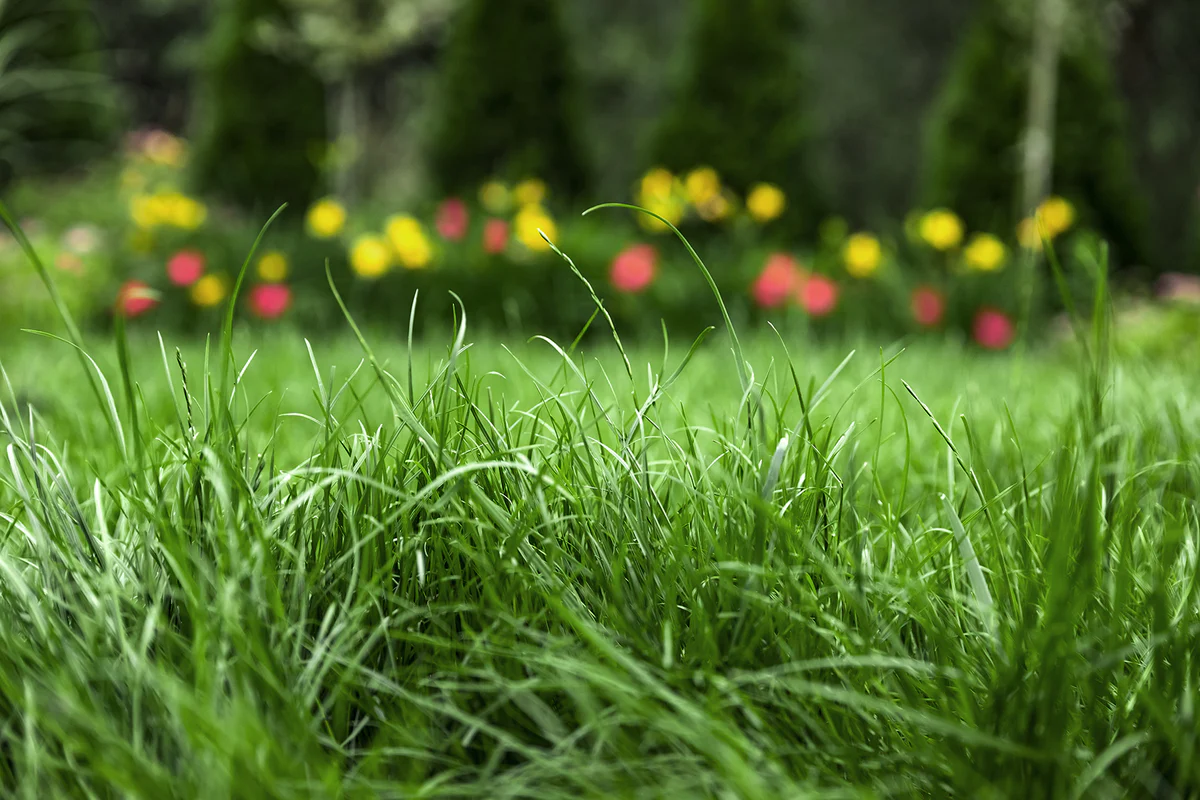
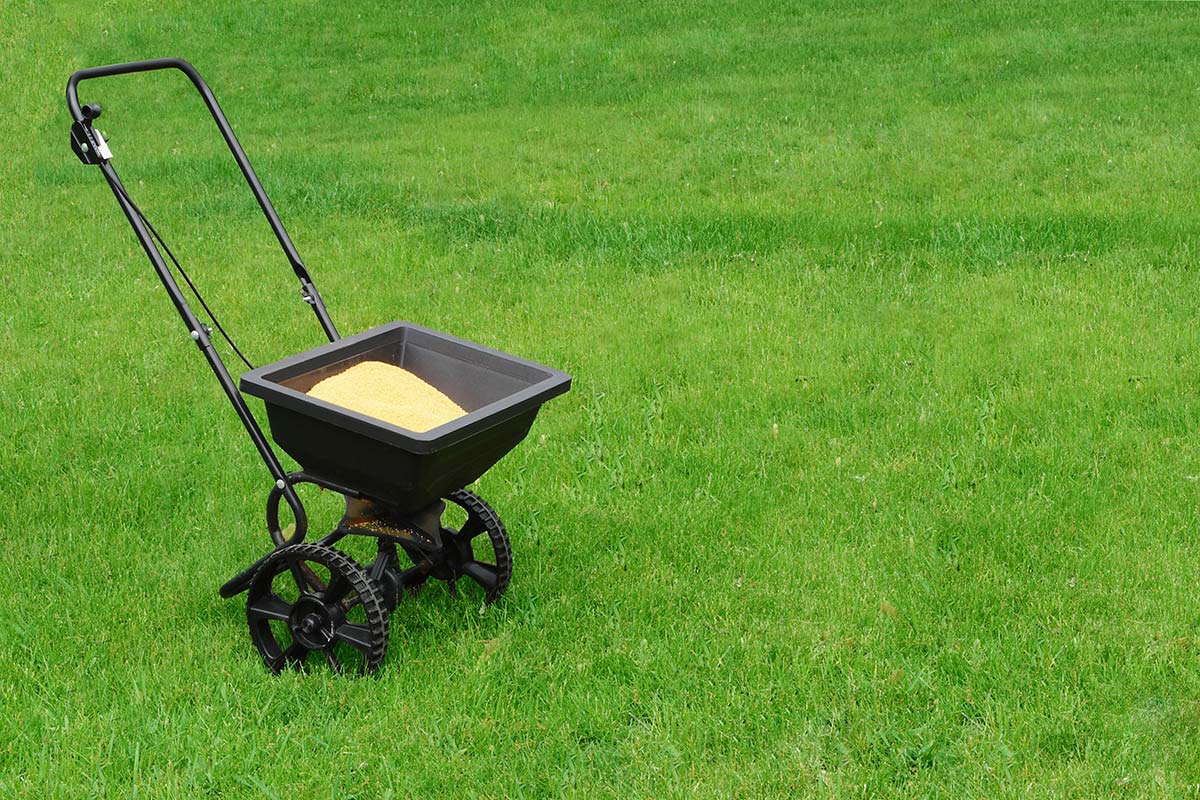
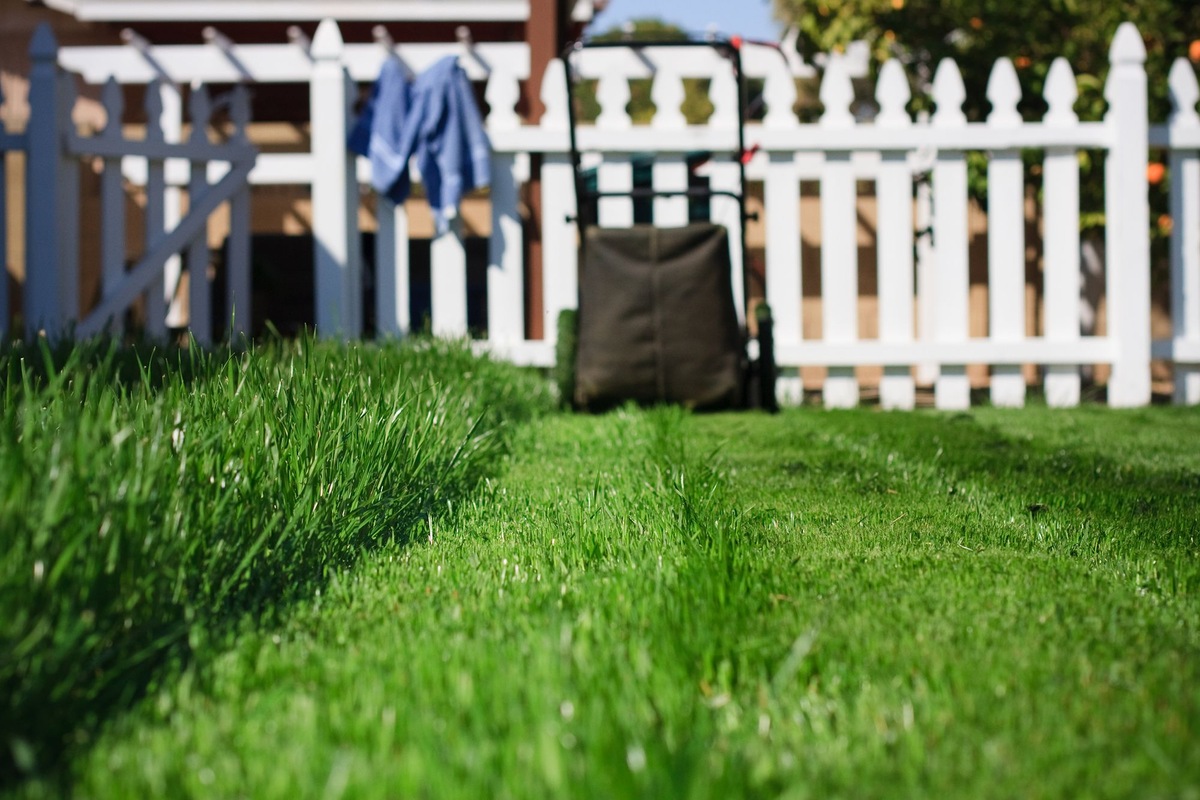
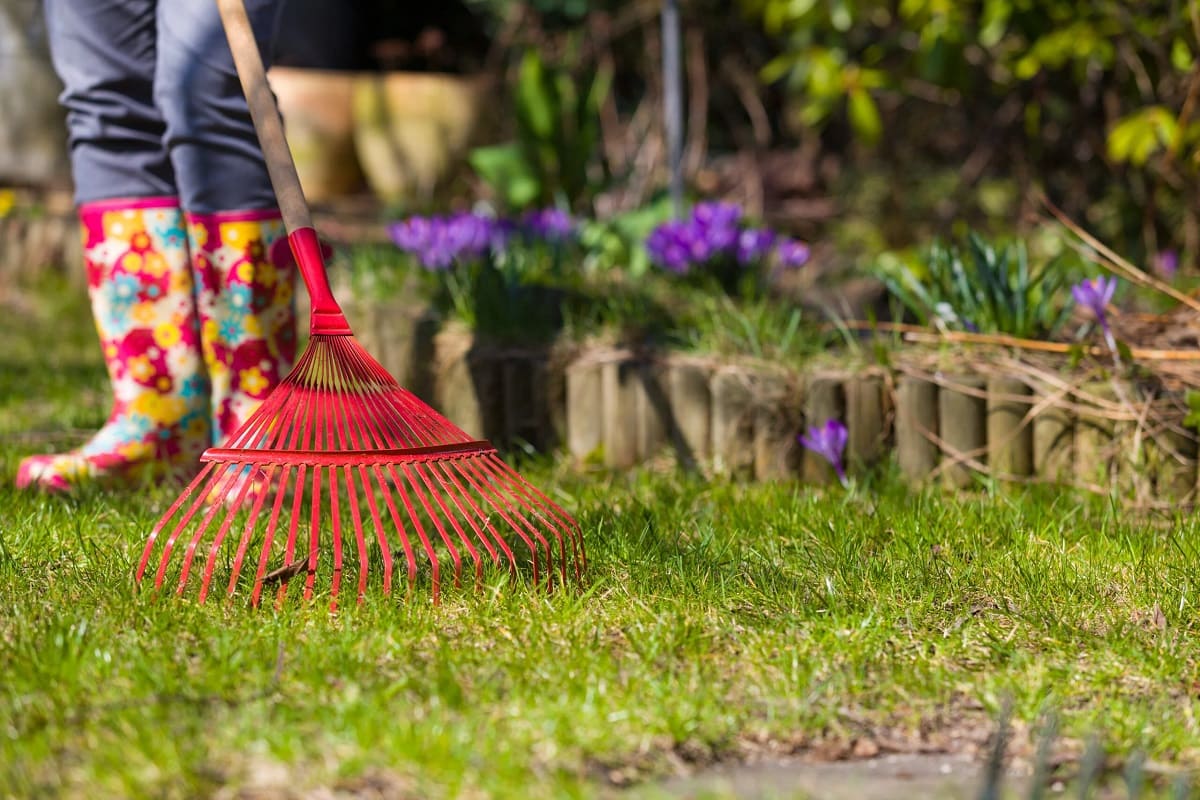
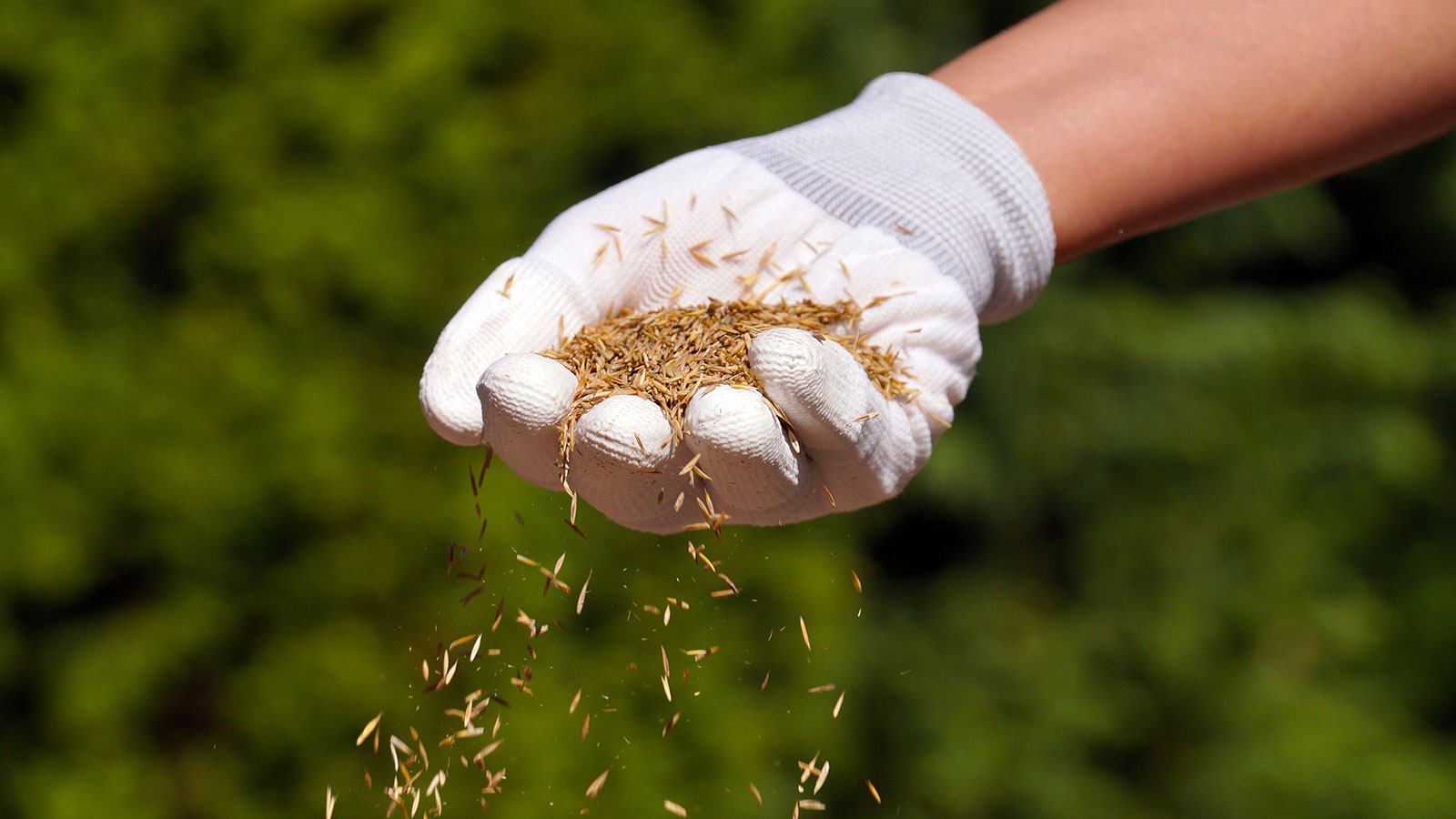
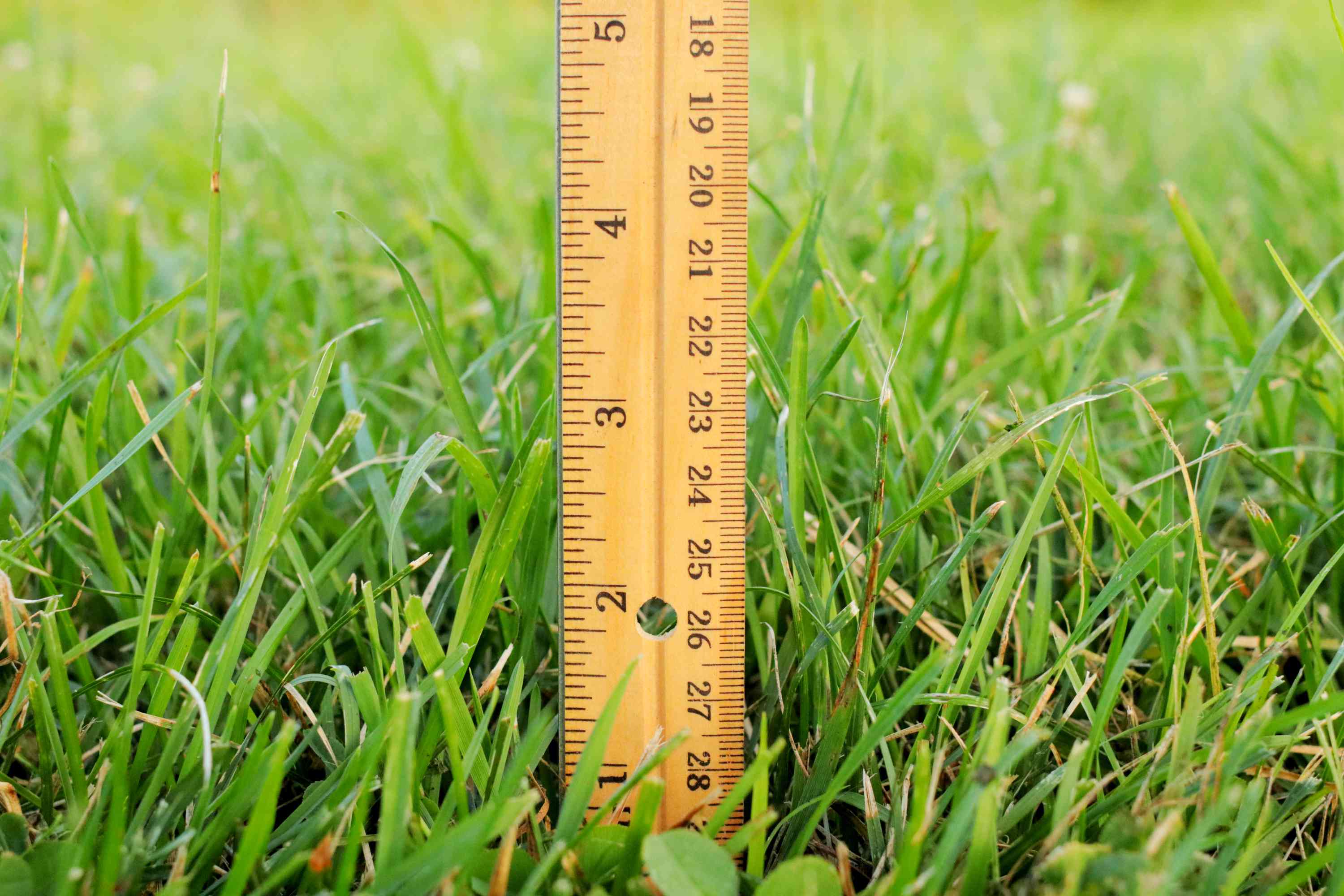
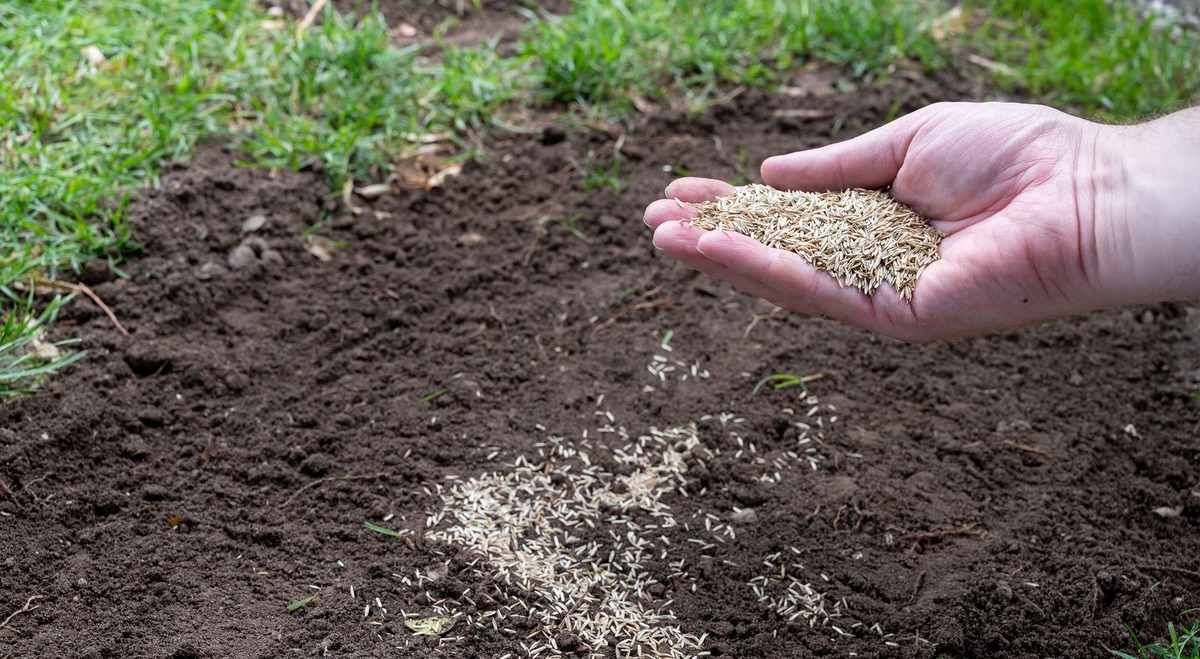
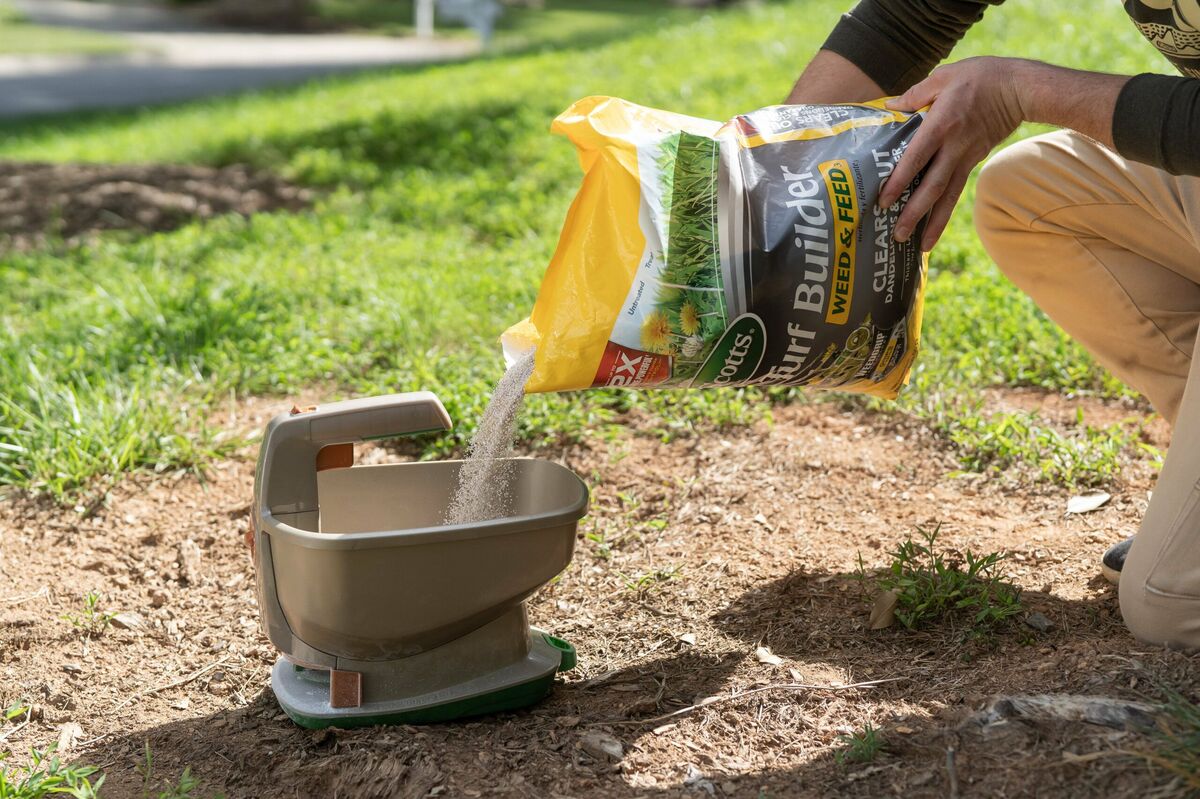
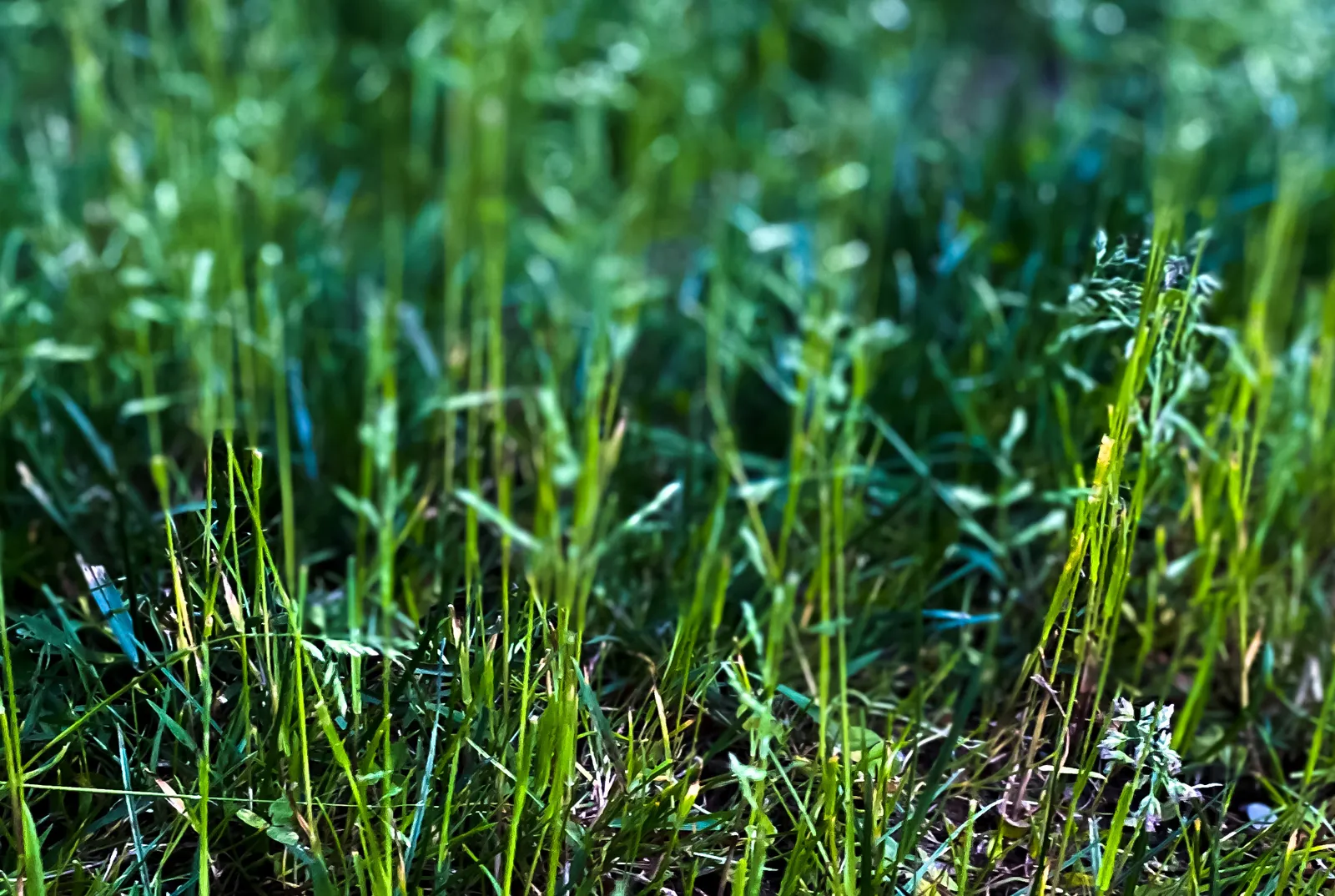


0 thoughts on “How To Overseed Grass In Spring”